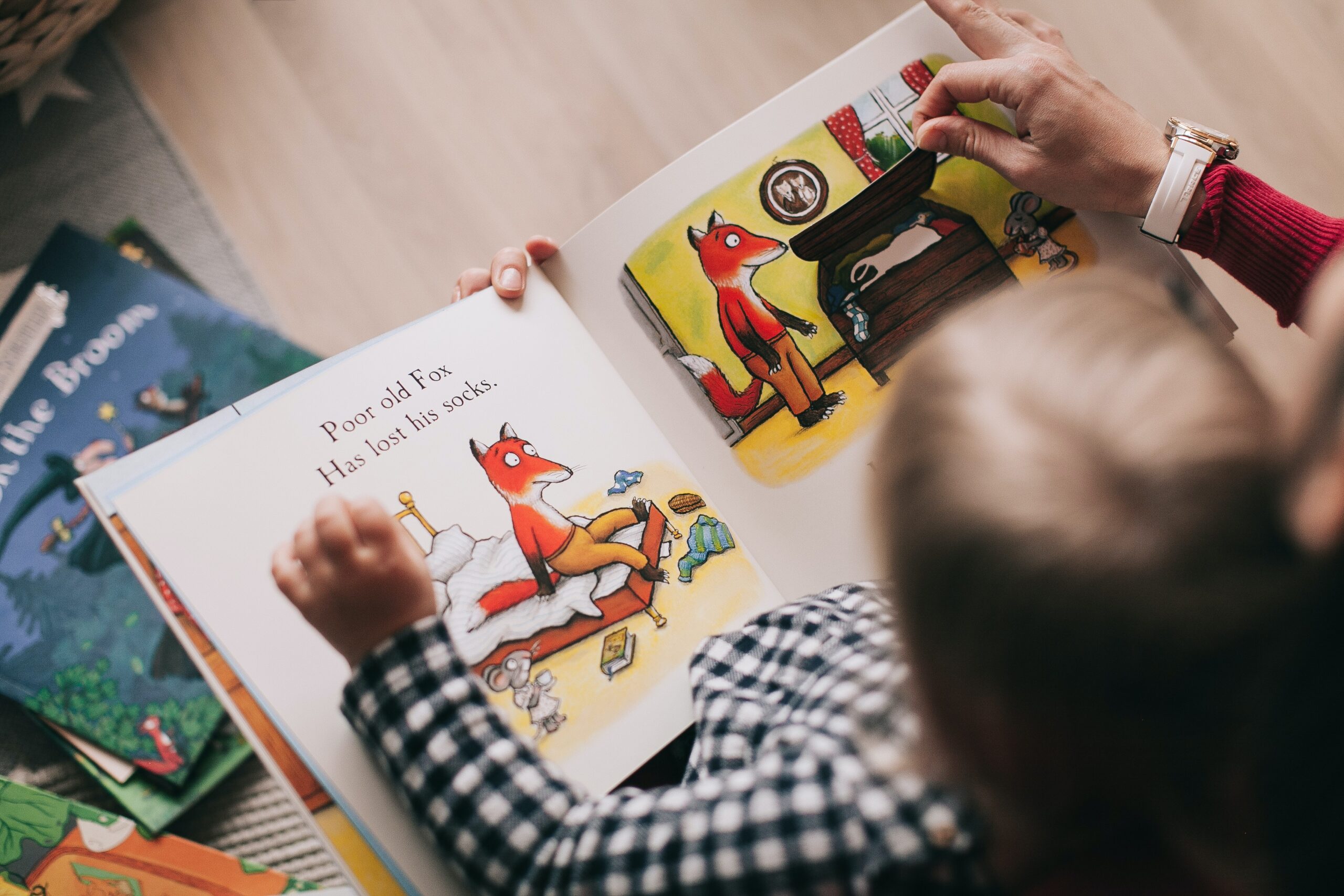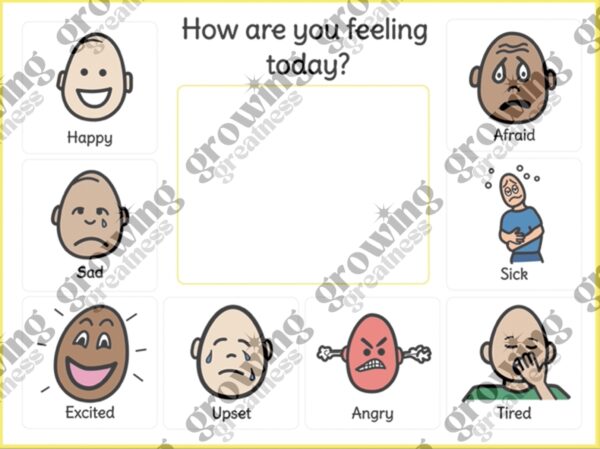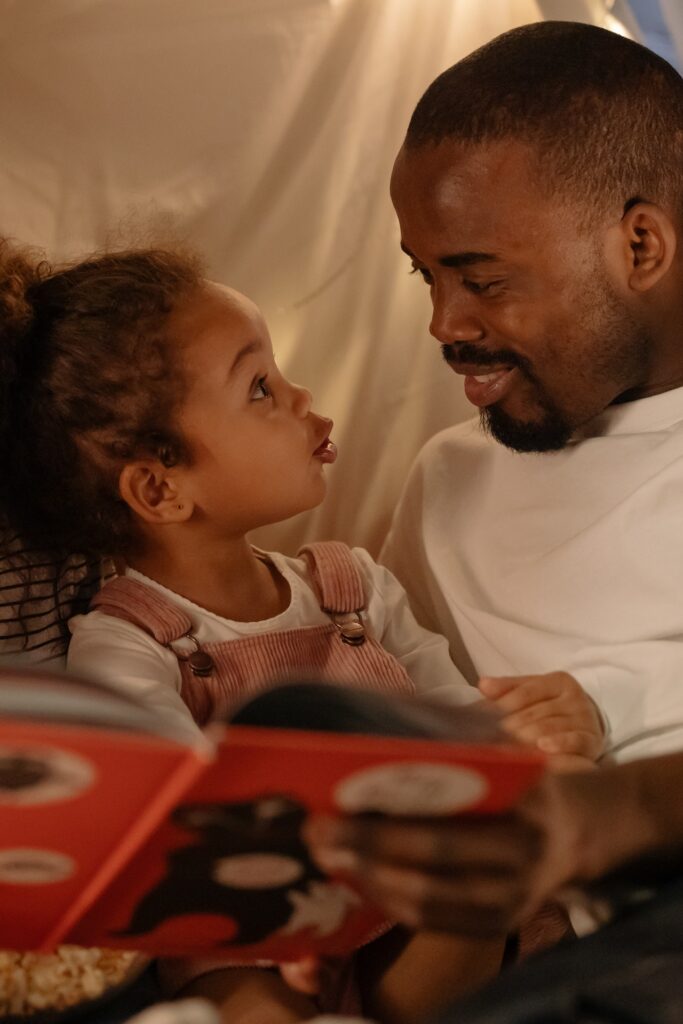One area that is often missed when we think about children’s development is their Emotional development and ensuring our little one’s are happy, secure and well-rounded individuals. Teaching children to recognise, understand and express their emotions is essential to their emotional development and helps build strong social and emotional foundations that will serve them throughout their lives.
In this post, we’ll explore our top 7 tips on how you can support your child’s emotional development, with a special focus on using our favourite tool, Emotions Boards!
1. Create a Safe and Open Environment
The foundation of nurturing your little one’s emotional development is to create a safe and open environment where your child feels comfortable expressing their feelings. Give them the space to talk about how they feel, and always listen without judgement. Knowing they are heard will teach your child that their emotions are valid and important.
2. Use Emotional Vocabulary
Teaching your child to label their emotions is a significant part of emotional development. Begin by using simple words like “Happy”, “Sad”, “Angry” and “Excited” to describe emotions. Books are a great way to explore emotions as you can talk about how characters may be feeling to develop emotional vocabulary.
3. Emotions Boards
At Growing Greatness, we love using Emotions Boards to help teach children about emotions. Emotions Boards are an excellent tool which uses visuals of different facial expressions to demonstrate various emotions. You can download our digital Emotions Board here. Use it every day with your child asking them how they are feeling and encouraging them to point to the emotion that best represents how they are feeling. Place it somewhere easily accessible and visible, so your child can refer to it throughout the day if needed. This simple visual aid will help your little one recognise their emotions and be able to express them effectively.
4. Responding to Emotions
It is crucial that when your child shows emotions, you respond! When your child is excited, be happy with them. Over-exaggerate your facial expressions and use positive, happy words to reinforce the moment. Or when your child is upset, show them you understand by providing comfort and reassuring them by saying something like “I can see you’re upset and thats okay”. This helps your child learn to show their emotions, but also how to respond to other peoples emotions and develop empathy towards them.
5. Normalise Showing Emotions
Let your child know that it is okay to feel a wide range of emotions and that it is normal to express your emotions by talking, drawing, or engaging in physical activities such as playing, dancing or running. Talk to your child about feeling both positive and negative emotions and how everyone has these same feelings!
6. Building Emotional Resilience
Help children build their emotional resilience by developing their problem-solving skills and guiding them through challenging situations. Encourage them to think about solutions and make decisions based on their own emotions and considering the emotions of others. Books are a great tool again here to get your child thinking about how characters are feeling and should respond to certain situations.
7. Be Patient and Consistent
Remember Emotional Development is an ongoing process and varies from child to child. Your child is experiencing new emotions all the time and this can be very overwhelming for them. Be patient and consistent with your approach and show them that you are always there to support them no matter what they may be feeling. This will help your child develop secure emotional development.
Supporting your child’s emotional development is a crucial aspect to their overall growth and development. Emotions Boards are just one of the tools you can use to help facilitate their development in this area. By creating a nurturing environment full of emotional vocabulary and encouraging open communication, you can help navigate your child’s emotions with confidence and towards a happy and well-balanced future.








